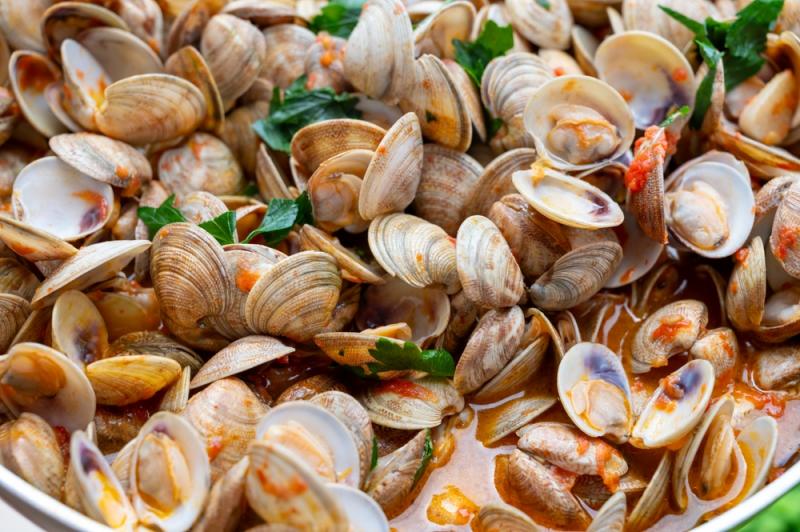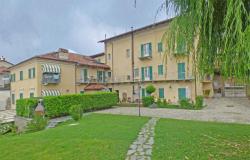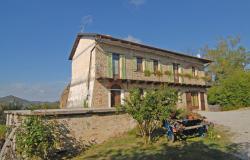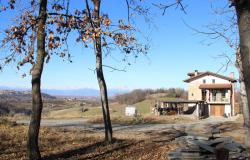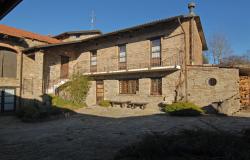Earlier in March, a Michelin-starred chef from northern Italy was sentenced to nearly three months in jail for serving risotto garnished with raw vongole (clams) that caused more than 50 wedding guests — including the sposi (bride and groom) — to fall ill.
The clam-tastrophe dates back a few years. Marco Sacco, 59, the owner of Piccolo Lago, a two-star Michelin restaurant in Verbania in Piedmont, dished out the risotto in question at a July 2021 wedding banquet. The shellfish were determined to have been contaminated with the highly contagious norovirus, commonly referred to as the “winter vomiting bug.”
While no grave illnesses or fatalities were reported, Sacco and his dining room manager were ordered to “shell out” about €20,000 in compensation: €8000 to the couple whose wedding celebration the clams ruined and €250 to each of the 53 guests who got sick.
Rather than clam up about the controversy, we turned to Italy Magazine’s resident food historian and Senior Recipe Writer, Francine Segan, for her expert advice on how to source, store, prepare and serve Italian clam dishes safely. Here’s what she had to say.
Francine Segan’s clam safety steps
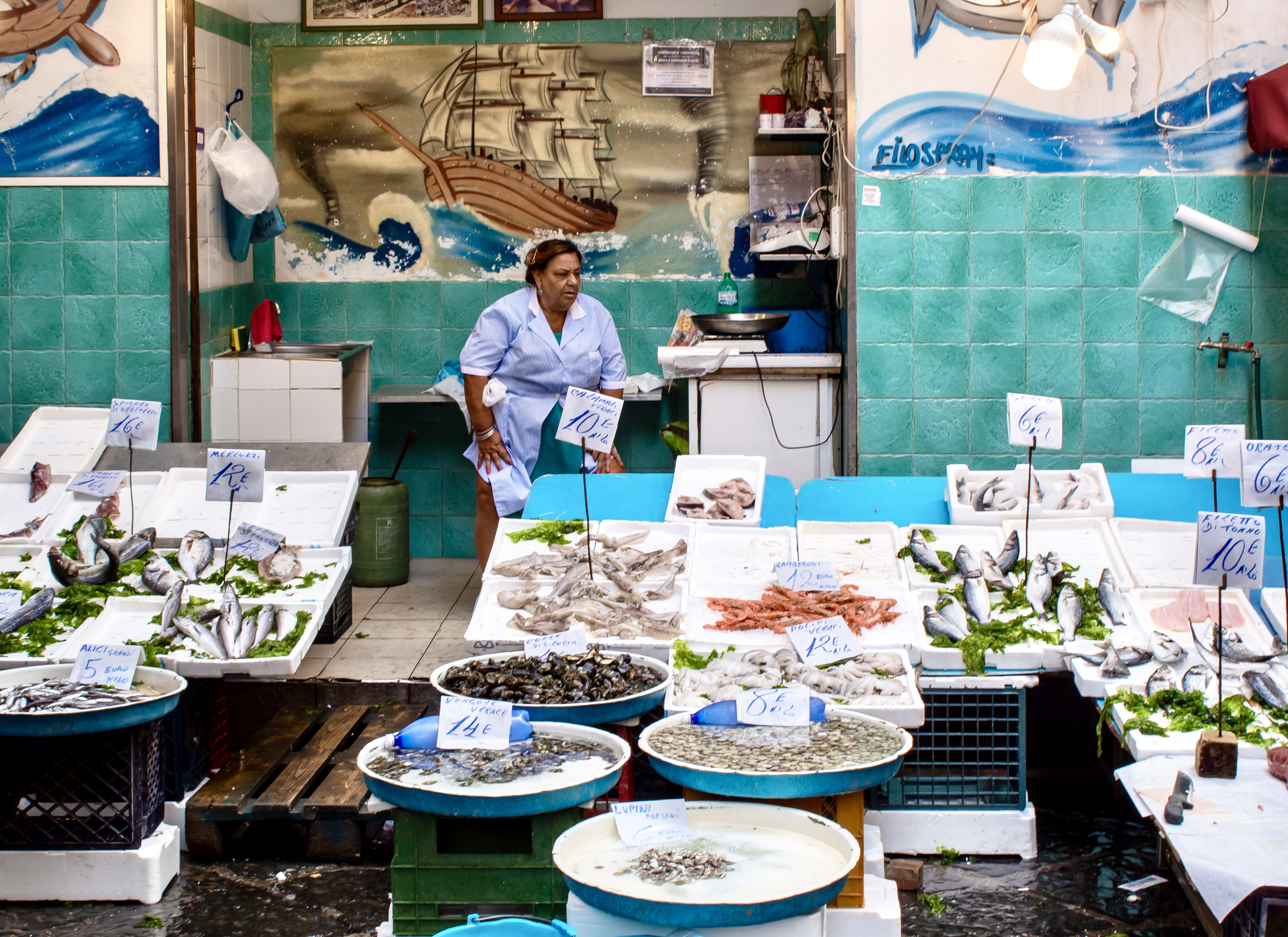
It should go without saying, but you’ll want to procure only quality, live clams. Make sure you purchase them from a reputable supplier with exacting hygiene standards. (Chef Sacco, for what it’s worth, claimed to have been using the same supplier since 2015 with no problems.)
Not sure how to determine quality? Start with the basics: Segan emphasizes that the clams should be cold when you buy them. “Preferably, you should be able to see that they are stored on ice in the store,” she adds.
Next, inspect the clams before cooking. “Chuck any with cracked or damaged shells, as well as any that are open and do not close when tapped,” Segan says. To further reduce the risk of contamination, she recommends scrubbing the clam shells under cold, running water to remove any dirt or debris.
Cooking clams thoroughly, of course, is Food Safety 101. You’ll want to steam, boil, or grill them until the shells open fully, and discard any that don’t open during cooking. “That’s an indication that the clams are dead and not safe to eat,” Segan warns.
Segan also recommends using separate utensils and cutting boards when handling raw and cooked clams to prevent cross-contamination of bacteria.
Signs that a clam may be “off” or spoiled
A foul odor. “Spoiled clams have a strong, unpleasant odor — a little like ammonia or sulfur,” Segan says. If the smell is off-putting, throw them away immediately. That’s a good food safety tip across the board.
An unusual appearance. “Discoloration, sliminess or mold on the shells, or the presence of flesh are all indicators of spoilage,” Segan explains.
Closed shells. While closed shells can indicate freshness, if you find any clams that remain tightly closed after cooking, they’re likely dead, so err on the side of caution and discard them.
Follow Segan’s sage advice as you prepare these delicious dishes — retrieved from the Italy Magazine archives — with briny, fully cooked clams that are as safe to eat as they are tasty.
5 classic Italian clam recipes from the Italy Magazine archives
Ed.: Some of the recipes linked below are reserved for Italy Magazine’s Premium Members. Consider joining their ranks to unlock our entire recipe archive and all Premium Content on the site. Learn more here.
Spaghetti alle vongole (Spaghetti with clam sauce)
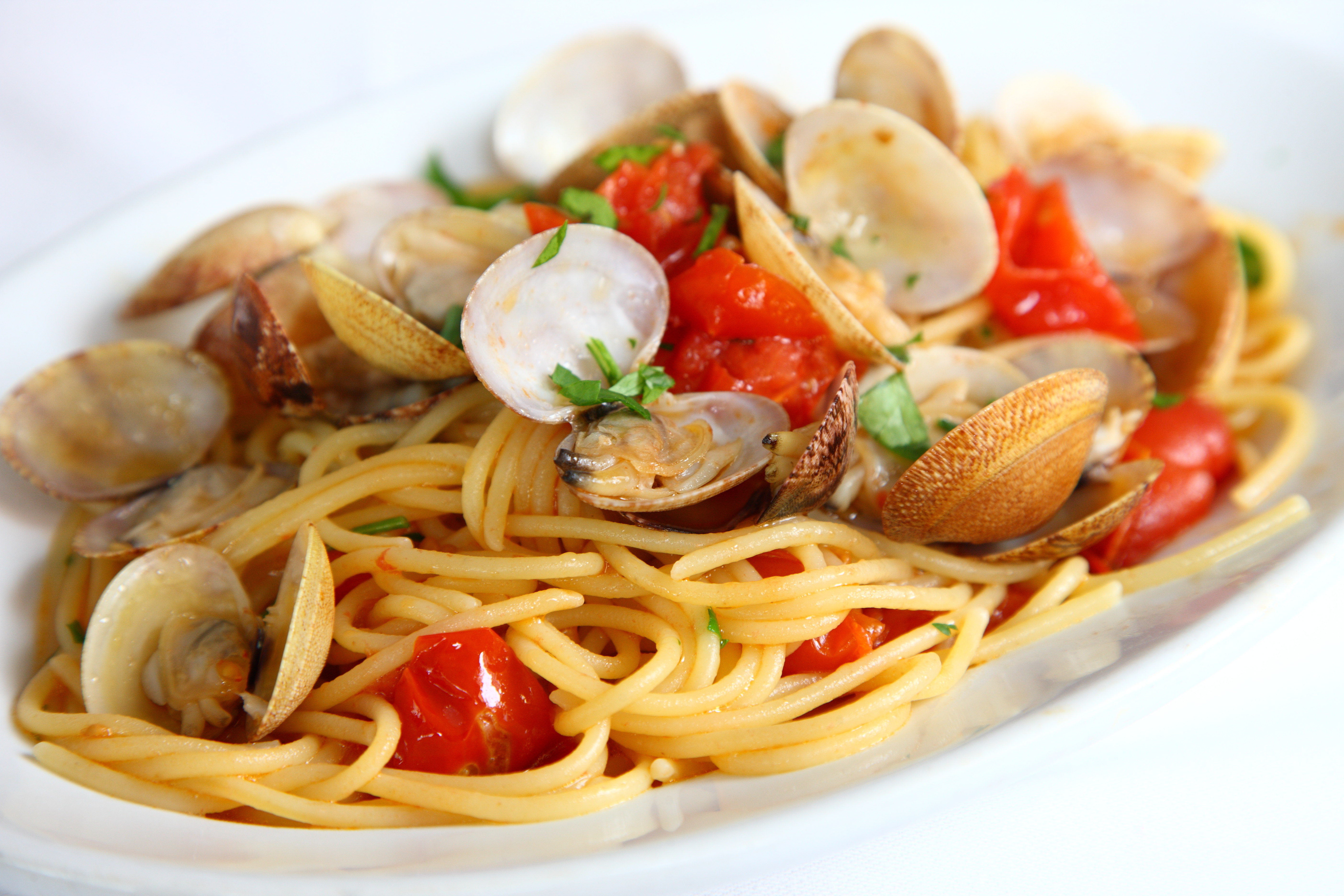
For a staple seafood pasta meal, most Italians “clammer” for spaghetti alle vongole. Traditionally made with vongole veraci (true clams or carpet clams), these plump little mollusks wink up at you from atop a snarl of spaghetti or linguine.
“The key to this dish is to steam the clams open separately in water, then add them to the sauce,” Segan wrote in her original recipe. “This will ensure that you strain out any sand and create a grit-free, tastier sauce.”
Pro tip: Keep a close eye on clams as they cook. You’ll know they’re done when their shells open fully. “Overcooking can make clams tough and rubbery,” Segan advises, “while undercooking may result in a gritty texture.”
Fregula con arselle (Sardinian pasta with clams)

Fregula con arselle is one of the oldest dishes in Sardinia and a mainstay of cucina povera dell’isola (peasant island cuisine). This stick-to-your-ribs entree is made using a unique kind of clam called an arsella. Much smaller than vongole veraci, arsella shells come in a jumble of irregular shapes and have smooth, glossy surfaces in colors ranging from gray to light yellow to deep amber.
Sardinian fregula or fregola is a couscous-like pasta introduced to Italy from North Africa around the 10th century. Typically, the dough consists of coarse ground durum wheat semolina and warm salted water rolled into teeny-tiny balls that are then sun-dried and then oven-toasted. If that’s intimidating, you can find pre-made packages of fregula sarda in local Italian specialty shops and online. Here’s how to make Francine’s take on this rustico delight at home.
Zuppa di vongole e fagioli (clam stew with beans)
This satisfying and versatile dish can be served as an appetizer spread over toast or as a steaming main attraction on a cold and stormy night.
The type of beans used changes depending on the region, but for this rendition, recipe writer Amy Gulick paired the clams with a small multicolored bean native to the Lake Trasimeno area of Umbria in central Italy.
Paccheri con vongole e fiori di zucca (Pasta with clams and zucchini flowers)
Made using paccheri — a giant macaroni typically found in traditional Neapolitan cooking — paccheri con vongole e fiori di zucca combine zucchini, zucchini flowers and clams. You can easily add saffron for an exotic zing or substitute a different type of pasta; though part of what makes paccheri enjoyable is their tube shape, which creates a natural opening for the filling, spaghetti or linguine could also work well. Here, onetime Italy Magazine editor Katia Amore shared a recipe that’s perfect for a long lunch or dinner, no matter what shape or length of pasta you use.
Insalata di frutti di mare (Warm seafood salad)

Flag this one for future summertime inspiration. A delicious seafood combination (typically clams, mussels, prawns and squid, preferably plucked fresh from the Mediterranean) is tossed with a citrusy dressing. In Valentina Harris’ recipe, the platter of pesce can be eaten as is or piled on a bed of fresh salad greens. It’s the perfect warm-weather fare with just the right touch of brightness.
